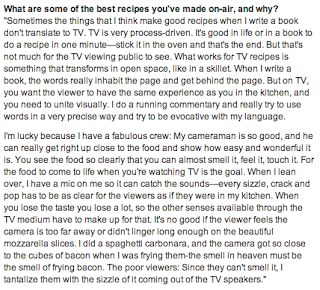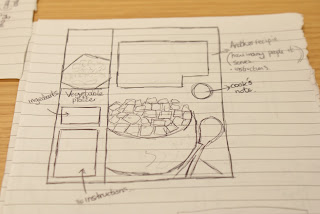In the words of http://www.copyrightservice.co.uk/copyright/uk_law_summary ;
"The Copyright, Designs and Patents Act 1988, is the current UK copyright law. It gives the creators of literary, dramatic, musical and artistic works the right to control the ways in which their material may be used. The rights cover: Broadcast and public performance, copying, adapting, issuing, renting and lending copies to the public. In many cases, the creator will also have the right to be identified as the author and to object to distortions of his work."
This basically means that if someone places Copyright on their work, they get to control who uses it and how it is used, and if someone uses it for something they didn't ask to use it in or if they use it and claim it as their own then they can be sued for Copyright infringement.
There are certain durations for different types of Copyrighting:
For literary, dramatic, musical and artistic it lasts 70 years from the end of the calendar year, and from 1992 it was decided by (The Copyright of Computer Program Regulations) that it was only right to extend the rules to cover the literary works of Computer Programs.
Sound recordings and Broadcasts lasts for 50 years from the end of the calendar year.
Films is 70 years, again from the end of the calendar year.
typographical arrangement of published editions is 25 years.
The types of work covered are as followed:
Literary- Song lyrics, manuscripts, manuals, computer programs, commercial documents, leaflets, newsletters and articles etc.
Dramatic- Plays, dance, etc.
Musical- Recordings and score.
Artistic- Photography, painting, architecture, technical drawings/diagrams, maps, logos, etc.
Typographical arrangement of published editions- Magazines, periodicals, etc.
Sound recordings- May be recordings of works, e.g. musical and literary.
Films- Broadcasts and cable programmes.
There are also Model Release forms, which is when an individual has the right to protect their own images and what they are used for. There will be certain specific details that are attached to their work that is an indication on what they will and wont allow to be done to or used, regarding their work. The general rule is to protect the persons work from offensive use and defamatory.
Sound recordings and Broadcasts lasts for 50 years from the end of the calendar year.
Films is 70 years, again from the end of the calendar year.
typographical arrangement of published editions is 25 years.
The types of work covered are as followed:
Literary- Song lyrics, manuscripts, manuals, computer programs, commercial documents, leaflets, newsletters and articles etc.
Dramatic- Plays, dance, etc.
Musical- Recordings and score.
Artistic- Photography, painting, architecture, technical drawings/diagrams, maps, logos, etc.
Typographical arrangement of published editions- Magazines, periodicals, etc.
Sound recordings- May be recordings of works, e.g. musical and literary.
Films- Broadcasts and cable programmes.
There are also Model Release forms, which is when an individual has the right to protect their own images and what they are used for. There will be certain specific details that are attached to their work that is an indication on what they will and wont allow to be done to or used, regarding their work. The general rule is to protect the persons work from offensive use and defamatory.






























































































